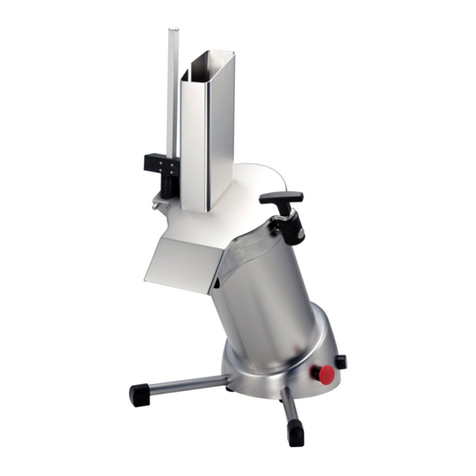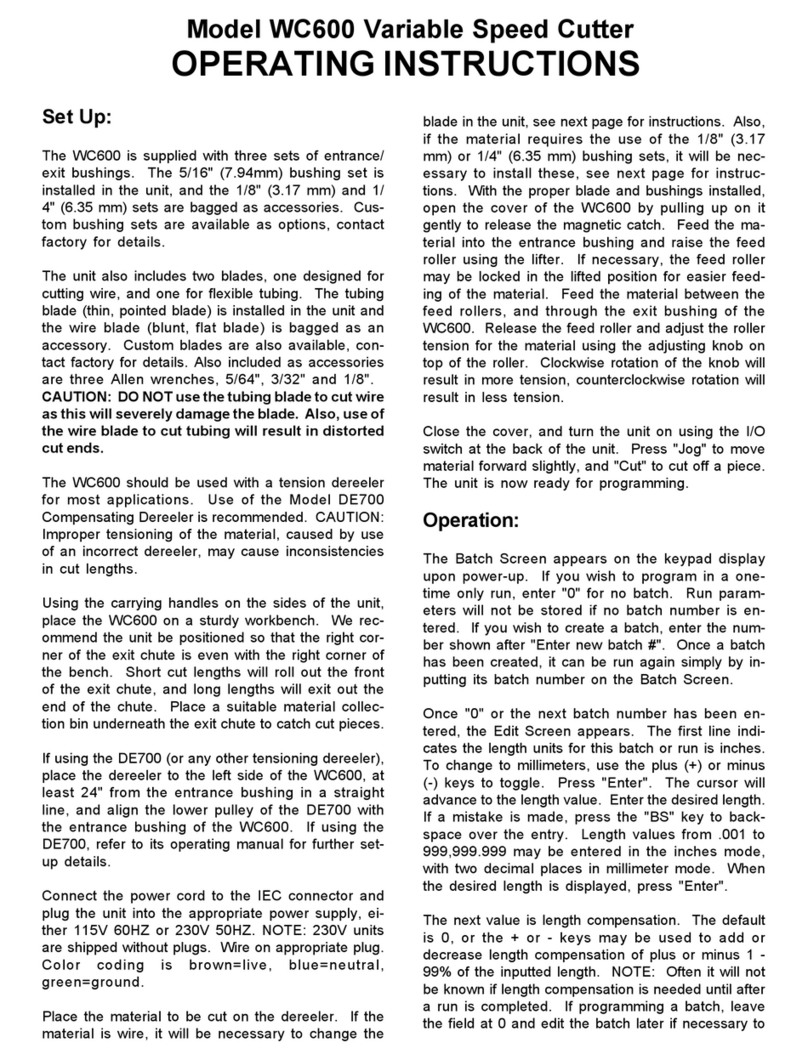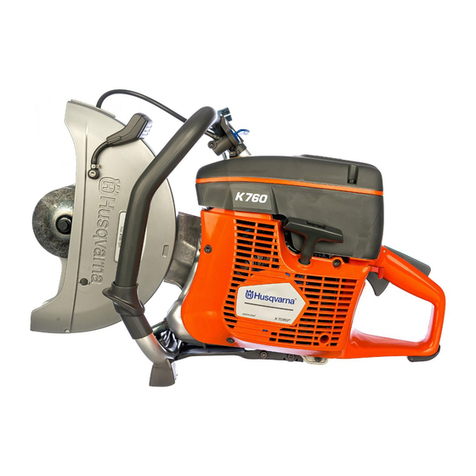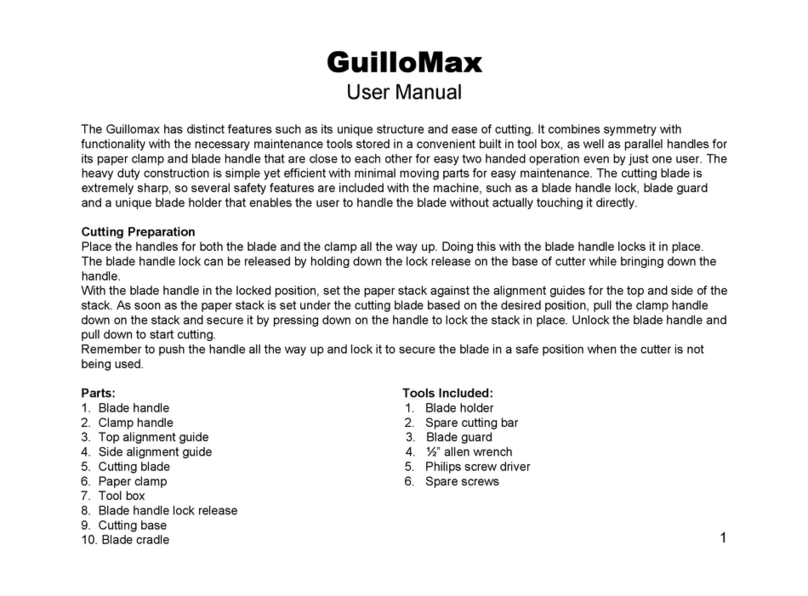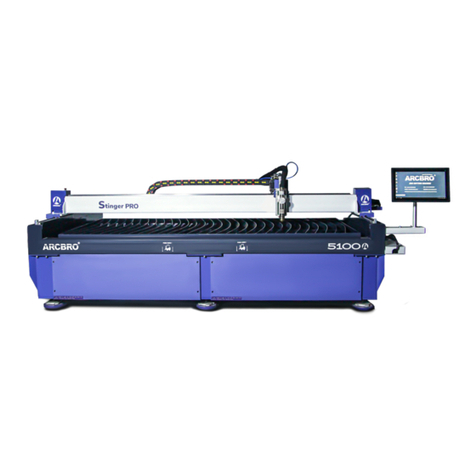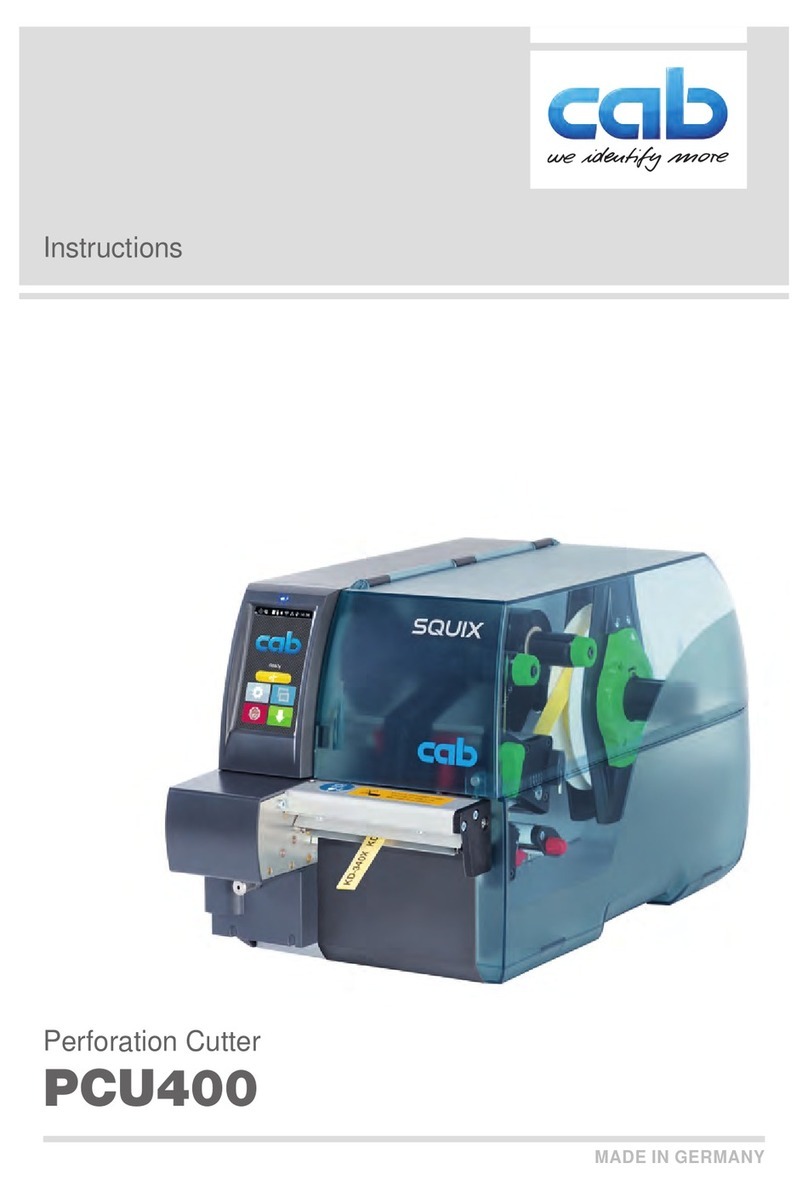
4
2.1 DATI TECNICI
MODELLO DIMENSIONI CM. PESO
KG. POTENZA
WATT. ALLACCIAMENTO
ELETTRICO N. GIRI
LAME
CE L3 MN 21x26x40 12 460 230x50x1 1400
CE L3 TR 21x26x40 12 460 400x50x3 1400
CE L5 MN 26x29x50 23,5 1100 230x50x1 1400
CE L5 TR 26x29x50 23,5 1100 400x50x3 1400
CE L5 TR 2V 26x29x50 23,5 1100 400x50x3 700-1400
CE L8 MN 53x23x63 24,5 1100 230x50x1 1400
CE L8 TR 53x23x63 24,5 1100 400x50x3 1400
CE L8 TR 2V 53x23x63 24,5 1100 400x50x3 700-1400
RUMOROSITA’ 56 dB(A)
ATTENZIONE LE CARATTERISTICHE ELETTRICHE DI OGNI APPARECCHIO SONO INDICATE SULLA
TARGHETTA DATI MOTORE - PRIMA DELL’ISTALLAZIONE VEDERE ALLACCIAMENTO ELETTRICO.
2.2 STATO DI FORNITURA E SMALTIMENTO IMBALLAGGI
Tutti i cutter sono imballati in una robusta scatola di cartone con interni sagomati per garantire la perfetta
integrità della macchina durante il trasporto e vengono forniti con:
Dichiarazione di conformità CEE
Istruzioni per l’uso e manutenzione.
Attrezzo pulisci pareti.
I COMPONENTI DELL'IMBALLAGGIO (CARTONE – SCHIUMA - REGGIA ECC.) SONO
PRODOTTI ASSIMILABILI AI RIFIUTI SOLIDI URBANI E POSSONO ESSERE SMALTITI
SENZA DIFFICOLTA'. NEL CASO LA MACCHINA VENGA INSTALLATA IN PAESI IN CUI
ESISTONO NORME PARTICOLARI, SMALTIRE GLI IMBALLI SECONDO LA NORMATIVA
VIGENTE.
SMALTIMENTO DEI RIFIUTI ELETTRICI ED ELETTRONICI (APPLICABILE NELL’UNIONE
EUROPEA E NEGLI ALTRI PAESI EUROPEI CON SERVIZIO DI RACCOLTA
DIFFERENZIATA) IL SIMBOLO RAEE UTILIZZATO SUL PRODOTTO INDICA CHE
QUEST’ULTIMO NON PUO’ ESSERE TRATTATO COME RIFIUTO DOMESTICO. LO
SMALTIMENTO CORRETTO DI QUESTO PRODOTTO CONTRIBUIRÀ A PROTEGGERE
L’AMBIENTE. PER MAGGIORI INFORMAZIONI SUL RICICLAGGIO DI QUESTO PRODOTTO,
RIVOLGERSI ALL’UFFICIO COMPETENTE DEL PROPRIO ENTE LOCALE, ALLA SOCIETÀ
ADDETTA ALLO SMALTIMENTO DEI RIFIUTI DOMESTICI O AL NEGOZIO DOVE E’ STATO
ACQUISTATO IL PRODOTTO.
3) INSTALLAZIONE
3.1 COLLOCAZIONE DELLA MACCHINA
L' allacciamento, la messa in funzione degli apparecchi deve essere effettuata da personale idoneo.
ATTENZIONE ! L'impianto ed il locale dove deve essere posizionato l'apparecchio deve rispondere alle
norme prevenzione infortuni D.L. 626 ed alle norme elettriche CEI 64.8
La ditta costruttrice declina ogni responsabilita' per eventuali danni diretti o indiretti qualora non
siano state rispettate dette norme.
Posizionare l'apparecchio su un piano di appoggio sufficientemente ampio, ben livellato, asciutto e stabile
possibilmente lontano da fonti di calore e da rubinetti di acqua ad un altezza di circa 80 cm. vicino alla presa
di alimentazione
3.2 ALLACCIAMENTO ELETTRICO
L'apparecchio e' munito di cavo elettrico da collegare ad un interruttore generale provvisto di
magnetotermico






